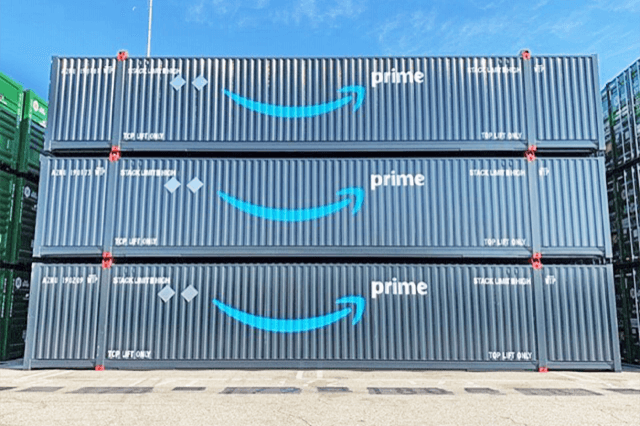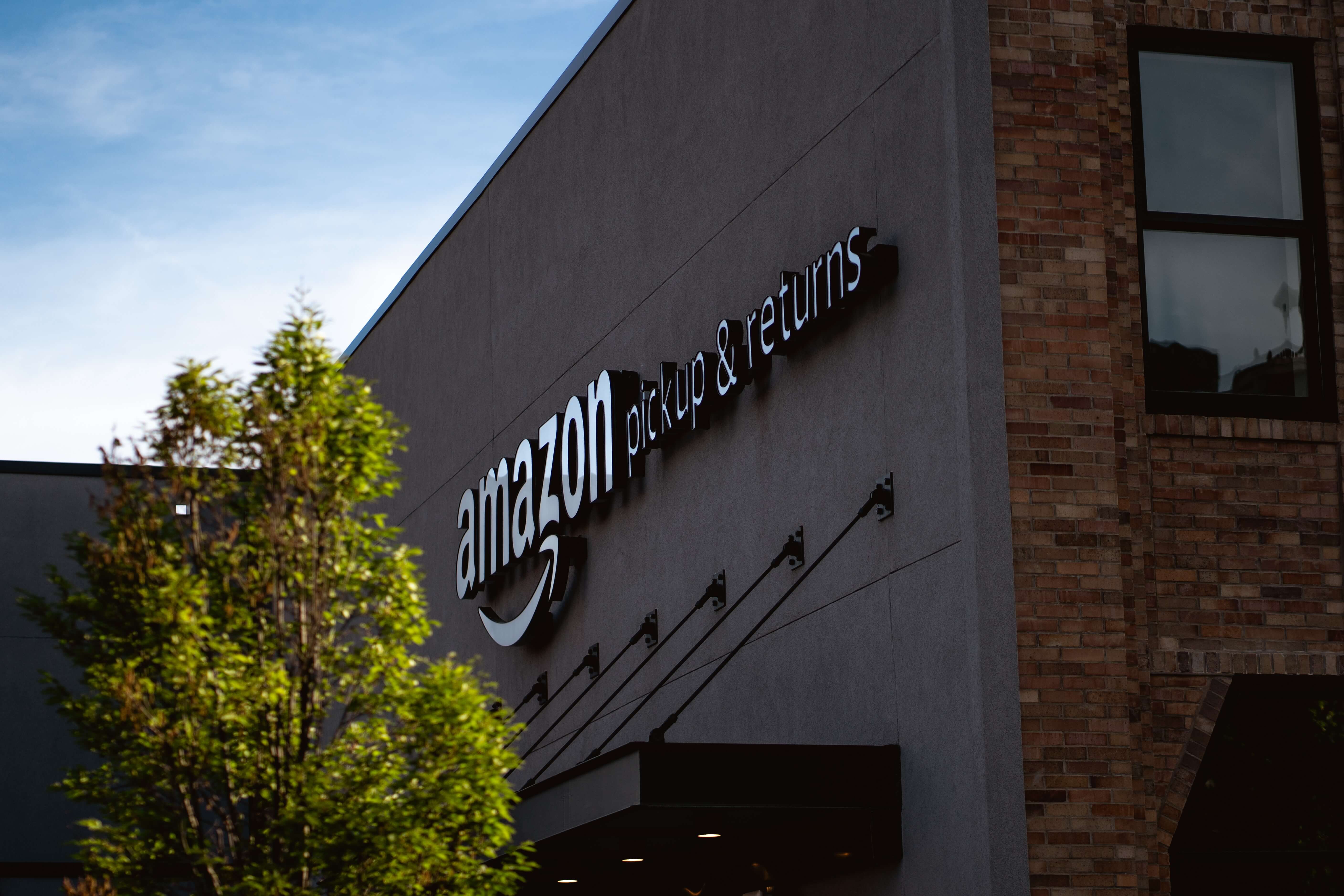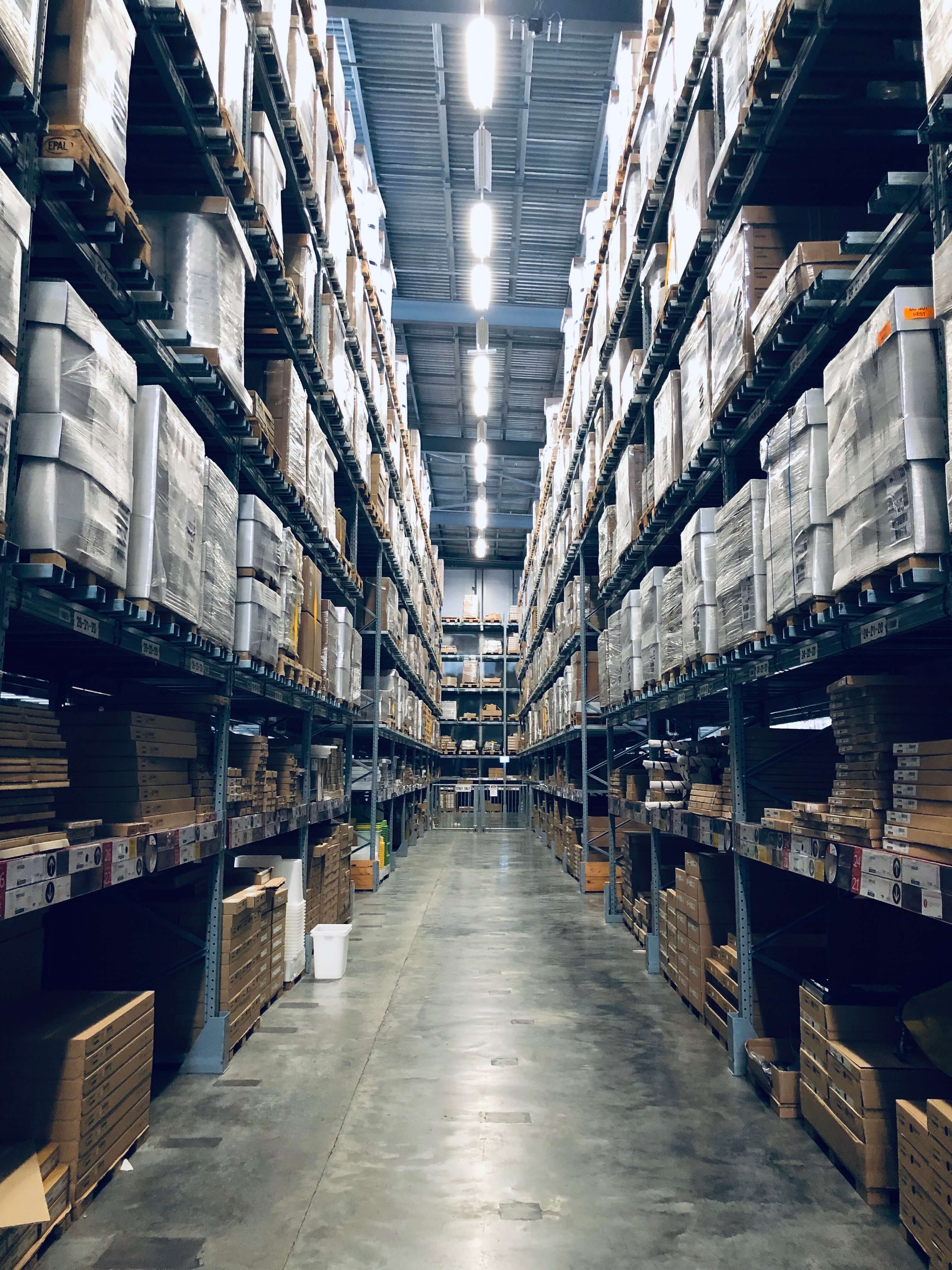The Amazon NVOCC story is not breaking news anymore, though its implications in the future of ocean freight and e-commerce are quite relevant and should be discussed.

Current Situation
Amazon is operating as a non-vessel operating common carrier (NVOCC) these days. They were granted a license from the U.S. Federal Maritime Commission to operate as an NVOCC for cargo shipments between China and the United States in 2016. Prior to that, they had already had a fleet of jets for airfreight as well as some vehicles and wheeled robots in a position to aid in the last-mile. Expansion continues as its air fleet will be at least 70 strong by the end of 2021, with 50 767Fs and 20 737Fs.
In 2018, Amazon NVOCC services sent approximately 4.7 million cartons of consumer goods from China to the United States. By the beginning of 2018, freight shipments had already exceeded 5,300 shipping containers. Though 5,300 shipping containers is a relatively small amount in terms of global logistics, the takeaway here is that Amazon has successfully executed the end-to-end logistical transaction between seller and buyer. Until now, it is the only e-commerce company to do so.
“Nobody else has even come close to approaching this. There is no Walmart ocean freight,” said Michael Zakkour, executive vice president for global digital commerce with Tompkins International. But owning the entire supply chain has been the goal all along, as Amazon gains control, consistency, intelligence, a cut in costs and increased margins. And now they have achieved a certain level of expertise that will continue to grow its operations.
The Amazon NVOCC process has not been an overnight miracle. They did not immediately go into ocean operations upon the acquisition of the NVOCC in 2016. Rather they started testing the waters in 2017 with a few 40-foot shipping containers from China to California. These shipments were then sent from the California port to Amazon fulfilment centres elsewhere in California and in Indiana. At this time Amazon was operating under the name of their wholly-owned Chinese subsidiary, based in Beijing and officially named Beijing Century Joyo Courier Service Co., Ltd. And it wasn’t even until the start of 2019 when Amazon began marketing its ocean services to U.S. businesses in China. Now Amazon NVOCC operates under its own name and for both parties.

What it Means
Amazon NVOCC services are enabling even small Chinese manufacturers to sell directly to US consumers via one provider for every part of the transaction. For the public, this is fantastic news. No longer will consumers be annoyed with shipping delays due to the mishandling of parcels from the multiple hands these have to be passed through to reach their end destination.
“When I order something, there’s less chance the reason I didn’t get it on time because something didn’t make it on time from China. It probably happened because UPS, FedEx or the Post Office didn’t handle it correctly,” said Satish Jindel, president of SJ Consulting Group.
The unreliability and lack of transparency and customer focus from international shipping lines have paved the way for Amazon, and similar companies like Alibaba for example, to address handling their own freight movement. Therefore, shipping lines like Maersk should focus on improving these areas alongside their blockchain developments in order to stay competitive.
For now, there is still some scepticism over using Amazon NVOCC services, as by doing so, companies forfeit all information pertaining to their products and customers. There is the fear of cloning products for their own brand, as Amazon has notoriously done in the past. Companies are concerned with providing insight into their customers’ supply chains for fear that Amazon could collect valuable information in which they will use to put them out of business.
However, everyone has a price. Amazon charges the seller a cost per kilogram, cubic meter or container (depending on the transport mode) –as any normal forwarder would. According to an Amazon spokesperson, the seller can then decide if the service and associated cost, is better than what they could get from other providers. The objective is to help sellers ship their products into Amazon fulfillment centers around the world in the most time- and cost-effective way possible, and in return for the sellers accepting lower selling prices for their goods.

Speculations
Though Amazon NVOCC services are currently only providing logistics services for Amazon sellers, we can speculate from their historic behaviour that nothing will stop them from providing them to non-sellers in the future. One example we can draw this conclusion from is the cloud computing AWS platform which now controls around 40 percent of the worldwide computing market. It was originally built for its own use and then, after proving successful, is being sold to others.
According to Eric Johnson, Senior Technology Editor at The Journal of Commerce:
“Through its non-vessel-operating common carrier (NVO), launched in 2016, Amazon is certainly exerting greater control over its internal supply chain, but, more grandly, it might also be building a supply chain platform it could market as a distinct service, even selling to shippers outside of its marketplace network.”
They are exposing the faults and holes in the fragmented logistics industry and creating a seamless shipping process from China to the US. Furthermore, they are keeping suspiciously quiet about these operations- probably to avoid alarming the competition. However, experts indicate that the competition should be alarmed.
“I think Bezos always planned to build out the most robust logistics supply chain in the world,” said Zakkour.
Future Impact
Amazon NVOCC’s most notable value-add is pricing. Due to its massive buying power, Amazon already has the ability to control procurement costs for its own products. Taking this value and also applying it to freight forwarding customers, they have the opportunity to become a powerhouse in the ocean freight sector offering value to customers on or off their e-commerce platform equally. Amazon posses the reach and volume to drive down prices in the shipping industry- for better or worse.
Given that this all comes to fruition, the changes in both e-commerce and logistics will be dramatic. These two industries are interconnected and rely on each other. Amazon could likely convince more and more merchants to sell on Amazon by providing them with an inclusive, full-service logistics solution.
Essentially, Amazon could use end-to-end supply chain management as a key benefit of using their merchant services. Bearing the cost of unparalleled ocean freight pricing would be no issue for the e-commerce giant if it achieves considerable entrants to its e-commerce network.
Thus, it is a realistic possibility. Amazon has been marketing shipping services for years already. It’s just a matter of them, bringing that strategy from last-mile logistics over to the ocean freight industry. Traditional NVOCC’s, freight forwarders and shipping lines are going to have to turn to digital solutions to keep up with decreasing prices and efficiency. Furthermore, they will have to promote trust and work on reliability and visibility in order to compete against the Amazon NVOCC disruption.
As Amazon is not disclosing their master plan publicly, we can only consider what observations are being made from the outside. For example, a most recent update from Steve Ferreira, founder and CEO of Ocean Audit Inc., provided the info that on October 1st, Amazon imported 90 x 53’ brand new intermodal containers from China. This comes after the update on September 20th, in which Amazon reportedly imported 78 x 53’ empty intermodal containers, amounting to 350 over the past few weeks. Furthermore, the 779 open job positions under ‘Transport and Logistics’ on the Amazon website job board indicates investment in further serious developments.




